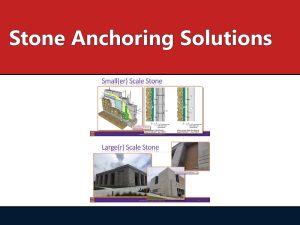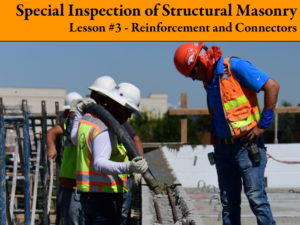
Strength Design of Masonry #6: Strength Design Requirements for Reinforcement and Connectors
Reinforcement and connectors are essential to ensure a proper load path in masonry buildings. This session will review basic detailing requirements for reinforcement and connectors, and specific requirements for strength design of masonry. Lap length requirements for reinforcement, and design of anchor bolts will be reviewed.…


